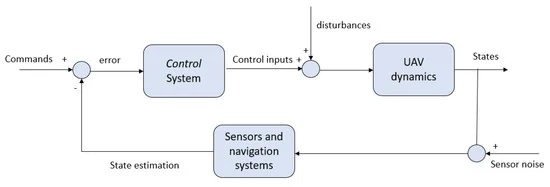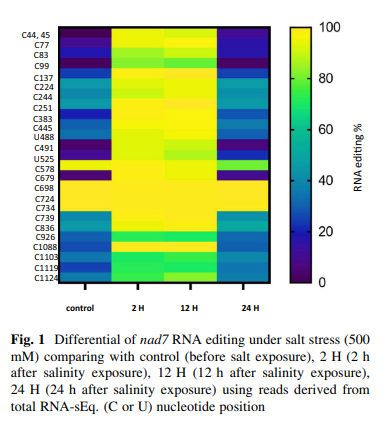
A detailed survey and future directions of unmanned aerial vehicles (Uavs) with potential applications
Recently, unmanned aerial vehicles (UAVs), also known as drones, have gained widespread interest in civilian and military applications, which has led to the development of novel UAVs that can perform various operations. UAVs are aircraft that can fly without the need of a human pilot onboard, meaning they can fly either autonomously or be remotely piloted. They can be equipped with multiple sensors, including cameras, inertial measurement units (IMUs), LiDAR, and GPS, to collect and transmit data in real time. Due to the demand for UAVs in various applications such as precision agriculture, search and rescue, wireless communications, and surveillance, several types of UAVs have been invented with different specifications for their size, weight, range and endurance, engine type, and configuration. Because of this variety, the design process and analysis are based on the type of UAV, with the availability of several control techniques that could be used to improve the flight of the UAV in order to avoid obstacles and potential collisions, as well as find the shortest path to save the battery life with the support of optimization techniques. However, UAVs face several challenges in order to fly smoothly, including collision avoidance, battery life, and intruders. This review paper presents UAVs’ classification, control applications, and future directions in industry and research interest. For the design process, fabrication, and analysis, various control approaches are discussed in detail. Furthermore, the challenges for UAVs, including battery charging, collision avoidance, and security, are also presented and discussed. © 2021 by the authors. Licensee MDPI, Basel, Switzerland.


